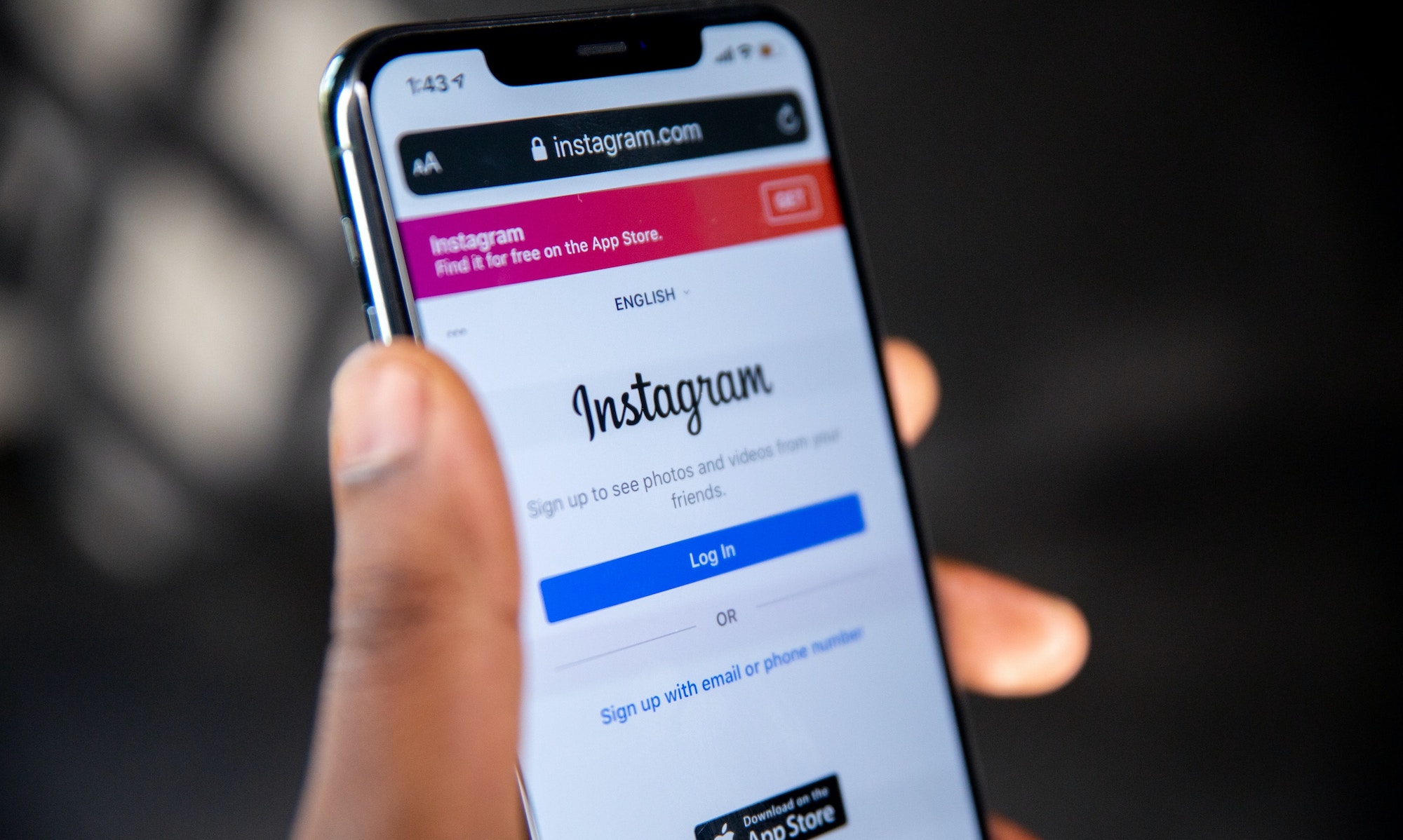8 tips to build your ecommerce email list
.png)
The inbox is the most personal communication tool in your marketing toolbox.
It’s also free.
While email as a channel may not be new or sexy, it is effective. The conversion rate for e-commerce brands via email hovers at around 15% in 2020, much higher than paid and organic social.
This year alone Black Friday Cyber Monday ad spend was dominated by large brands who have survived the pandemic and pivoted to an online shopping-first model. Businesses like Walmart, Best Buy, and others drove up CPM costs on social media, making it difficult for smaller ecommerce brands to compete.
That’s why DTC brands are turning to their email lists to engage customers who are most likely to buy during the holidays and beyond.
“We’re going to see a lot of enterprise players going all-in on digital this year, and next. Walmart, Target, Best Buy … they’re forced to shut down retail stores for the first time ever. That’s a leading indicator that they’re going all-in on digital spend – which will make your CPMs and CAC higher. So how can you achieve that same level of demand? By building and executing a pretty strong email list...” – Patrick Coddou, founder and CEO, Supply
But we’re not telling you anything you don’t already know. You’re aware there’s money hiding in your email list – but you might not know all the ways you can stimulate email list growth.
Keep reading for eight of our best tips on how to build your most profitable email list.
Tip 1: Create the best email newsletter in your category.
To grow your email list, you’ll need to encourage sharing.
The best way to encourage people to forward your emails is to create content worth sharing.
The concept isn’t fancy, and it may seem like a no-brainer. But you’d be surprised how many brands overlook this step in their email marketing strategy. “Create shareable content” is often a goal that gets lost amidst the abandoned cart flows, website pop-ups, subject line A/B testing, and … all other steps besides sitting down and writing content people want to read.
Great email content worth sharing embodies three characteristics: it’s personal, it’s niche, and it’s not always about your product.
If you’re a fitness apparel brand, you may want to create a weekly newsletter highlighting stories about how people are keeping fit and sane during the pandemic.
If you sell hot sauce, maybe you can delight your audience by sending them spicy food recipes with historical facts about how those recipes evolved over time.
Be creative and stray away from your product when coming up with ideas for your email newsletter. If you become known for valuable content, your email list will grow organically through word of mouth and email forwarding.
Tip 2: Run a website pop-up deal.
Growing an email list involves patience, but if you want to see a quick surge in signups, offer an even bigger deal for people who subscribe.

Legacybox offered 50% off after Cyber Monday in exchange for an email address to maximize holiday shopping sales.
The deal may need to seem big – offers ranging between 60%–70% entice people to sign up the most. We recommend A/B testing a few offers ahead of a major holiday: one on the higher end, another on the lower end closer to 20%–30%. The conversion rate disparity will help you determine whether or not it’s worth choosing the higher deal.
Once your A/B test is complete, encourage people to sign up via social media on your own channels or via influencer channels. Speaking of influencers…
Tip 3: Engage influencers to ask for subscribers.
Followers may be accustomed to influencers promoting products, but they’re less used to influencers asking for a simple email signup for a brand.
Engage influencers who love your product in a simple contest or giveaway that limits their ask to an email signup with an offer. This way, you’re not the one asking people to sign up – you’re outsourcing the call to action to a real person rather than a brand.
Influencer marketing is a great way to trigger email signups through content partnerships. This is where your influencer marketing strategy and email marketing strategies can work together to create an audience you don’t need to pay to engage with, so you’re keeping your CAC low in the long run.
Tip 4: Create an email newsletter for VIP buyers.
A couple things are true:
Your best customers are most likely to forward an email to a friend.
People want to feel heard and recognized.
Combine these two ideas, and you have a recipe for the perfect personalized email newsletter for your VIP customers.
For this to work, you’ll want to start by examining your data. Which products are your best customers buying the most? Can you create a niche email newsletter with your best offers around these products?
Start by creating the content your VIP customers want, then ask them to support your business by forwarding your email to a friend.
During the pandemic, people are looking for creative yet simple ways to support the small businesses they love. Leverage your best email segment with a simple ask in exchange for valuable content they love.
“Segmenting is super powerful. If you can find out why your customers are coming to you, either by asking them on your website or within an email, and then send emails that are specific to their use case – that makes them feel seen and heard.” – Val Geisler, founder & CEO, Fix My Churn (Listen to Val’s episode on the DTC Growth podcast.)
Tip 5: Build an email opt-in to your abandoned cart series.
Yes, abandoned cart emails are important for asking people to complete their purchase. But what if you could temporarily re-purpose some of that CTA real estate to build your email list with an offer?
People who abandon carts may not be ready to buy for a variety of reasons. But they might be ready to subscribe to an email list, especially if you can entice them with a steep offer coming up.
Include any countdown messaging in your automated abandoned cart series, so you can set it and forget it. Let this mechanism grow your email list for you and build an even larger list of people who are warm to your brand.
Tip 6: Use your website live chat support to ask for subscribers.
If you’ve implemented live chat support on your website, consider this a warm channel for potential email subscribers – but only if the customer leaves happy.
When your customer support pulls through and helps someone solve a problem, that’s the best time to ask for an email signup.
This is called a micro-moment: an instance where your customer is happy with an interaction with your brand, and so they are more likely to convert if the offer is good enough.
The script might flow like this:
Support: Is there anything else I can help you with today?
Customer: Nope, that’s it, thanks!
Support: Perfect! For being so delightful, we’d like to offer you a 50% off deal in exchange for an email signup. Is this something you’d be interested in?
Customer: Sure, that sounds awesome!
Pro tip: Don’t try to automate this process. Empower your customer support specialist to gauge whether or not the ask is appropriate based on the interaction with the customer.
Tip 7: A/B test CTAs within emails and website pop-ups.
Are you sure your copy is optimized for conversions? Have you tested it and examined the results?
If you feel like you have the bandwidth, include email signups among your Black Friday tests. Consider it a long-term investment in growing your list.
Tip 8: Host an online event.
Take a page from the B2B SaaS brand playbook and collect email addresses by hosting an online event.
Similar to creating a product-adjacent email newsletter, hosting an online event that teaches your audience something new is a great way to catalyze a surge in email signups.
When you sweeten the deal by promising to reveal a sale at the end of the event, you’ve also created a quasi-VIP email segment of customers who have made meaningful contact with your brand.















.jpg)









.jpg)
.jpg)
.jpg)
.png)



.png)
.jpeg)


























































.jpg)


















